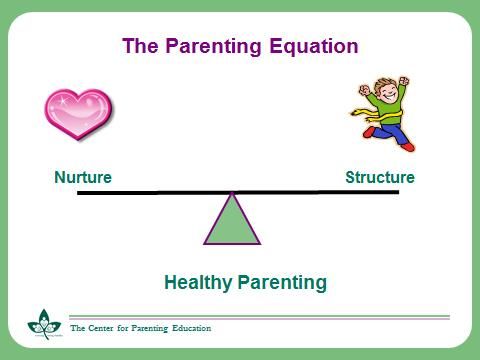Seeing is Believing Practical Tips for Visual Learners
Introduction: The Visual Advantage
For those who see the world through a visual lens, learning isn’t just about words on a page—it’s about images, diagrams, and the power of visualization. Visual learners make up a significant portion of the population, and understanding how to tailor educational strategies to their strengths can make all the difference. In this article, we delve into practical tips and techniques designed specifically for those who believe that “seeing is believing.”
Embrace the Power of Mind Maps
One of the most effective tools for visual learners is the humble mind map. This technique involves creating a visual representation of ideas, connecting concepts with lines and keywords. Whether it’s for brainstorming ideas, organizing thoughts for an essay, or summarizing a complex topic, mind maps offer a dynamic and visually stimulating way to digest information. Software like MindMeister or simple pen-and-paper can bring your ideas to life.
Utilize Color Coding for Clarity
Color has a remarkable ability to enhance memory and comprehension. Visual learners can take advantage of this by using color coding in their notes, study guides, or flashcards. Assigning different colors to different topics, key points, or categories helps the brain make connections and recall information more easily. Highlighters, colored pens, or digital tools with color options can transform your study materials into a vibrant and organized visual feast.
Make Learning Interactive with Diagrams and Infographics
Static blocks of text can be daunting for visual learners, but when information is presented in the form of diagrams, charts, or infographics, the learning process becomes engaging and dynamic. Whether it’s a flowchart illustrating a historical timeline or an infographic breaking down scientific processes, visual representations provide a clear roadmap through complex subjects. Online resources like Canva, Piktochart, or Lucidchart offer user-friendly platforms for creating your own visual aids.
Turn Text into Visual Stories with Sketchnotes
Sketchnotes combine words and drawings to create a visual narrative of information. Instead of passively copying down lecture notes or reading dense paragraphs, visual learners can transform their study materials into illustrated stories. This method not only aids in memory retention but also encourages creativity and personalization in learning. Grab a notebook and some colored pens, and let your doodles bring your study sessions to life.
Engage with Video Tutorials and Educational Animations
In today’s digital age, visual learners have a wealth of resources at their fingertips. Video tutorials, educational animations, and documentaries provide a dynamic way to absorb information. Whether you’re learning about physics through interactive simulations or history through animated timelines, multimedia content caters to the visual learner’s need for movement and visual stimulation. Platforms like YouTube, Khan Academy, or TED-Ed offer a treasure trove of visual learning material.
Create Visual Mnemonics for Memorization
Memorizing facts and figures can be a daunting task, but visual mnemonics offer a creative solution. By associating information with vivid images, stories, or symbols, visual learners can encode details into their memory more effectively. Whether it’s using acronyms, creating mental pictures, or drawing memory palaces, these















